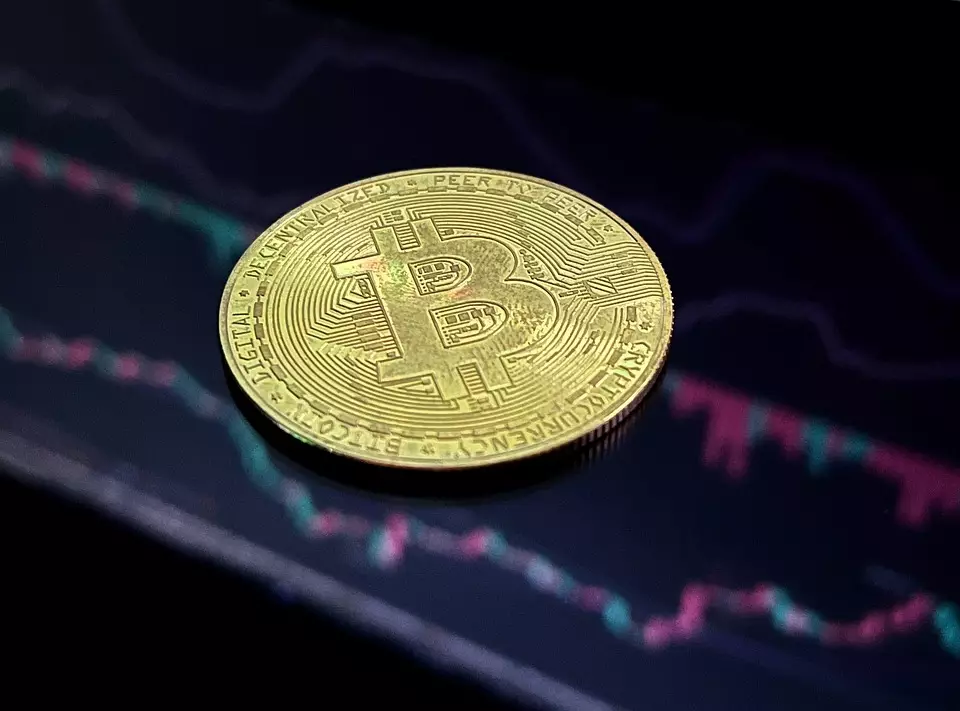In the fast-paced world of cryptocurrency, bullish forecasts often capture headlines, promising massive surges and market peaks within a matter of months. Many analysts, driven by technical indicators and recent price action, have confidently predicted that Bitcoin could reach a top as high as $200,000 by late 2024 or early 2025. These projections, while appealing, tend to overlook the intricate, cyclical nature of market psychology and the historical patterns that underlie Bitcoin’s behavior. A critical examination reveals that such forecasts are ambitious and possibly unrealistic, especially given the current stage of the broader market cycle.
The crux of the skepticism lies in understanding how investor sentiment, particularly retail participation, historically influences Bitcoin’s price surges. Just as in previous cycles, significant peaks tend to follow an extended period of retail-driven euphoria, which itself requires months—often more than a year—to develop fully. Ignoring this pattern not only risks overestimating short-term gains but also underestimating the importance of market psychology in shaping long-term cycles.
Market Cycles Are Much Longer Than Headlines Suggest
Drawing from historical data, the pattern is clear. In 2017 and 2021, both of Bitcoin’s major bull runs, the onset of the altcoin season served as a reliable indicator marking the beginning of the retail frenzy that culminates months later with a peak. These periods weren’t just random bursts of overnight speculation—they were the results of a deliberate, psychological buildup that hampered or helped sustain upward momentum for extended periods.
The recent behavior of the ETH/BTC ratio, a widely accepted metric for measuring altseason potential, exhibits no signs of triggering such a frenzy. Instead, it is just beginning to show signs of reversal, implying that the retail enthusiasm that fuels these rallies hasn’t even reached its breakout point. In essence, comparing the current situation to previous cycles suggests we are still in the early stages of a multi-year, multi-faceted rally.
Expecting a peak within the next two or three months thus appears naive. It neglects how market psychology, retail participation, and macroeconomic conditions tend to produce long, drawn-out cycles rather than short, explosive blow-off tops. The prospect of a significant top forming in 2024 or even 2025 is, based on historical cycles, highly unlikely unless an unprecedented black swan event were to occur.
The Myth of the “Quick Top” and What Real Cycles Tell Us
Most optimistic forecasts hinge on the assumption that Bitcoin can defy its historical tendencies and hit peak prices much earlier than previous cycles suggest. Such assumptions are rooted in technical breakouts, daily momentum, or macroeconomic rhetoric, but they often underestimate the power of market psychology and investor sentiment which tend to lag behind technical signals.
During previous cycles, the final euphoric phase—the peak—has consistently been associated with widespread retail FOMO, exuberance, and a collective disregard for valuation fundamentals. These phases take time to develop, roughly 9 to 12 months from the initial signs of retail interest to the ultimate climax. Disregarding this temporal pattern risks setting expectations wildly out of sync with reality.
Furthermore, even if Bitcoin currently exhibits bullish setups—such as retesting all-time high trendlines—history indicates that such technical configurations alone rarely dictate the market’s top. Instead, collective behavior, media hype, and macroeconomic uncertainties interplay to lengthen or shorten these cycles. This suggests that a prudent investor or analyst should approach such bullish signals with caution, recognizing they are only parts of a larger puzzle.
Market Euphoria and Reality: Why Patience Will Be Rewarded
In many respects, investing in Bitcoin requires patience and discipline, especially when the street is flooded with aggressive sentiment predicting immediate gains. While it’s tempting to chase the adrenaline fueled by optimistic forecasts, history warns us that the real peaks are built over time, often unexpectedly arriving when others have prematurely celebrated victory.
The current market environment suggests that we are still within the early phase of a much larger rally that could take until the second or third quarter of 2026 to reach its full crescendo. Abrupt exits or premature exits driven by short-term hype risk missing the eventual, more substantial growth phase that decentralizes liquidity, broadens participation, and ultimately creates sustainable upside.
Beneath the surface, Bitcoin’s real growth is rooted not just in technical patterns but in a psychological cycle that unfolds over many months or even years. Recognizing this cyclical pattern is crucial for those who wish to avoid the pitfalls of overconfidence and to position themselves advantageously for the longer haul.

